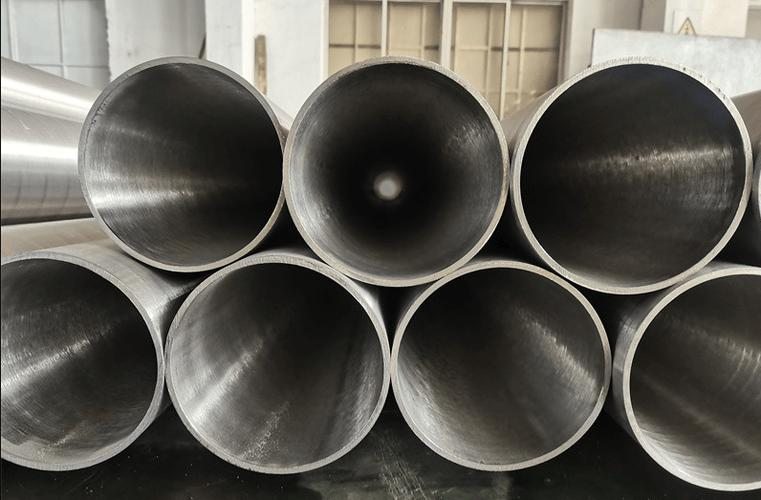Les Deep Drawn Process creates seamless, durable parts. However, because piping systems often have complex shapes, traditional manufacturing processes can introduce defects. This is where the deep drawing process offers a superior solution.
What is the Deep Drawn Process? Shaping Metal with Precision!
Deep-drawing is a metal forming technique that transforms a flat sheet of metal. A punch presses the sheet metal into a mould cavity, thus creating a hollow, seamless part. The metal stretches and flows, and the process can form cylindrical or box-shaped parts. It minimises welding.
Core Advantages of the Deep Drawn Process
Deep-drawn parts have no welds, eliminating potential leakage paths and improving structural integrity. This is critical for pressure-containing stainless steel fittings.
The grain structure of the metal is refined during the drawing process, which improves the strength and fatigue resistance of the material.
Excellent surface finish. Tensioned parts usually have a smooth surface, reducing secondary finishing processes and improving aesthetics. This facilitates the application of sanitary stainless steel fittings.
The deep-drawing process makes efficient use of materials, produces less scrap, reduces raw material costs and helps to achieve more sustainable production practices.
Although the mould cost exists, the unit cost decreases dramatically. This happens as production increases. This makes the deep-drawing process economical and ideal for mass production.
Key Steps in the Deep Drawn Process
| Étape | Description |
|---|---|
| Blanking | Cut flat metal disc (blank) |
| Drawing | Punch forces blank into die cavity |
| Redrawing | Repeated draws for deeper, narrower parts |
| Trimming | Excess material removed |
| Forming | Additional features (flanges, holes) added |
| recuit | Heat treatment to relieve stress (if needed) |
Ce que nous faisons
Common Deep Drawing Materials
| Material Type | Key Characteristics | Typical Applications |
|---|---|---|
| Stainless Steel (304, 316L) | Corrosion resistance, ductility | Food, medical, chemical piping |
| Aluminum Alloys | Lightweight, good formability | Automotive, aerospace |
| Acier Carbone | Cost-effective, strong | General industrial components |
| Copper & Brass | High conductivity, malleable | Electrical, plumbing |
Deep Drawn Process for Stainless Steel Pipe Fittings
- Sans couture elbows et tees: This process allows the manufacture of seamless elbows and branches, avoiding welds and improving corrosion resistance in critical areas. This is important for sanitary and high pressure stainless steel tube systems.
- Pressure vessels and housings: Small pressure vessels or filter housings can be deep-drawn. This provides a strong, uniform wall and reduces leakage points in welded assemblies.
- Specialised fittings: Customised stainless steel fittings with unique shapes can benefit. Deep-drawn processes can handle complex geometries and ensure precise dimensions.
- Improved cleanliness: Smooth, seamless surfaces are easier to clean. Critical to the food, beverage and pharmaceutical industries, reducing the risk of contamination in stainless steel pipework.
Sourcing Deep Drawn Components
Choose a manufacturer who has extensive experience with stainless steel and who understands its unique properties. This ensures optimal moulding results.
Look for state-of-the-art tooling capabilities, precision tooling is critical and can affect part quality and consistency.
Ensure rigorous qualité checks are in place, including dimensional checks, etc. Material integrity verification and material test reports are also critical.
Work with reputable manufacturers who offer reliable stainless steel products and have certifications(e.g. ISO 9001 and CE-PED).
Confirm that the manufacturer can meet your production volume requirements. They should handle both prototyping and volume production.
Nous contacter
- RM901 No.22 Tangjiaqiao Road Wenzhou Chine
- +86 577 8551 1171
- [email protected]
- https://www.kaysuns.com/



